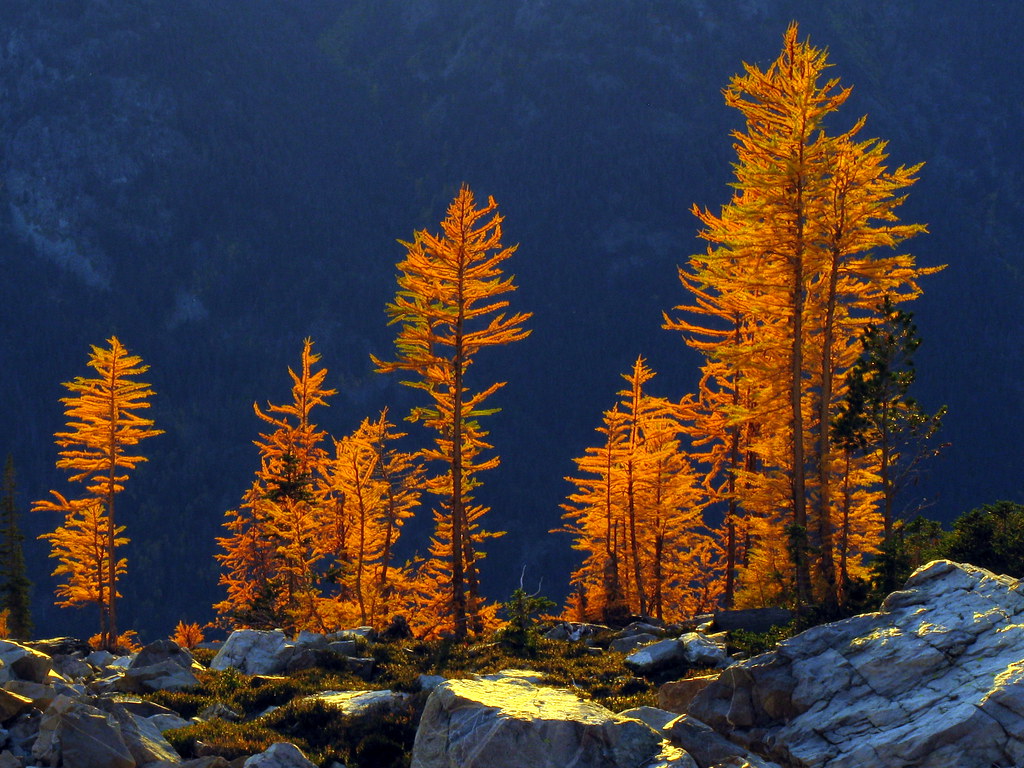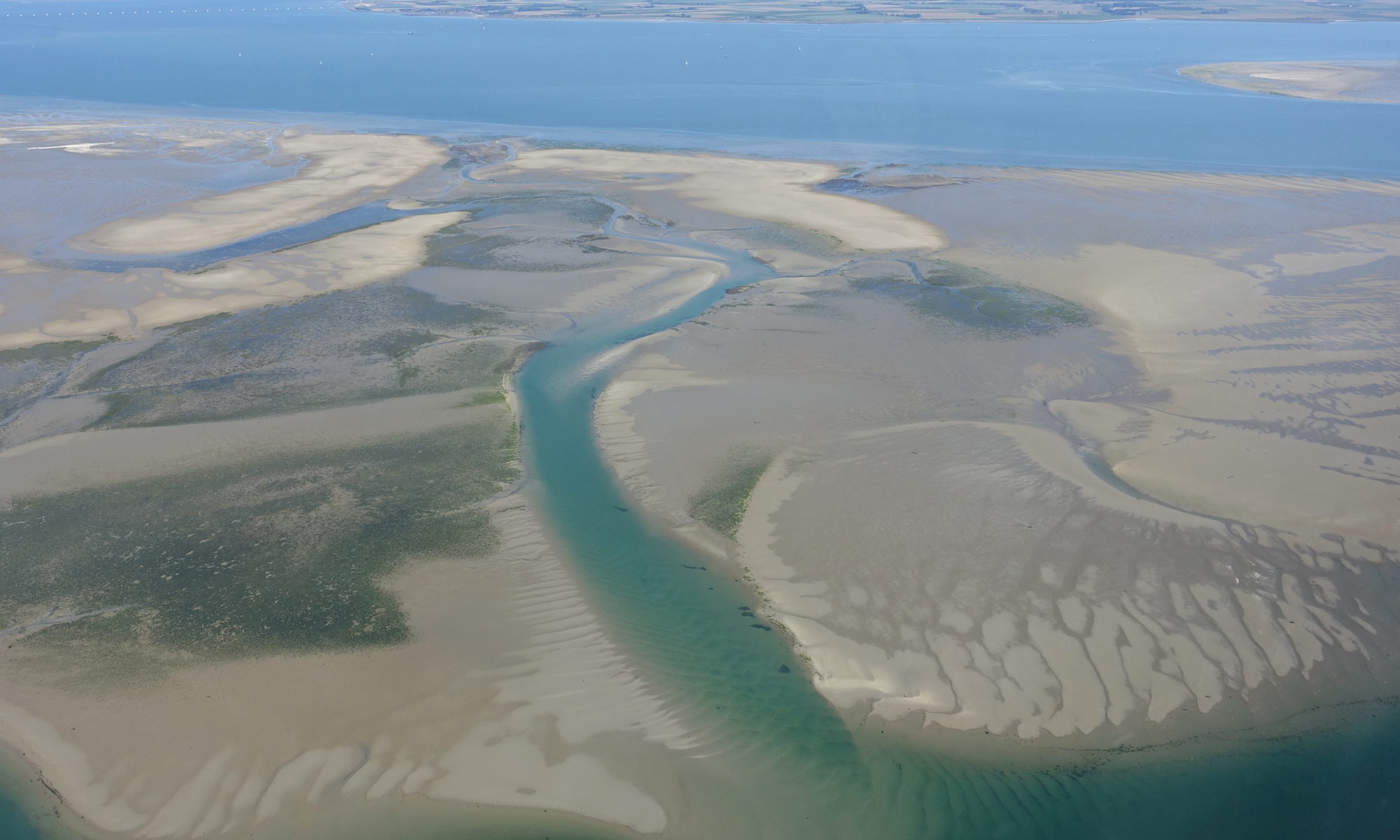Featured image: A silver Roman Denarius, featuring the likeness of emperor Marcus Aurelius. CC BY-SA 3.0 via Wikimedia Commons
Authors: Jean Milot; Janne Blichert-Toft; Mariano Ayarzagüena Sanz; Chloé Malod-Dognin; Philippe Télouk; Francis Albarède
The Roman Empire was a superpower thousands of years ago, and with great power comes great (fiscal) responsibilities, including minting the money. To mint silver coins, the Romans needed vast amounts of silver, which historians and archeologists believe originated in the Iberian Peninsula, or present-day Spain and Portugal. However, the geologic origin of that silver is unknown as the depleted mines were abandoned long ago.
Continue reading “Silver Doesn’t Grow on Trees: The Quest for the Ores that Formed Roman Coinage”


